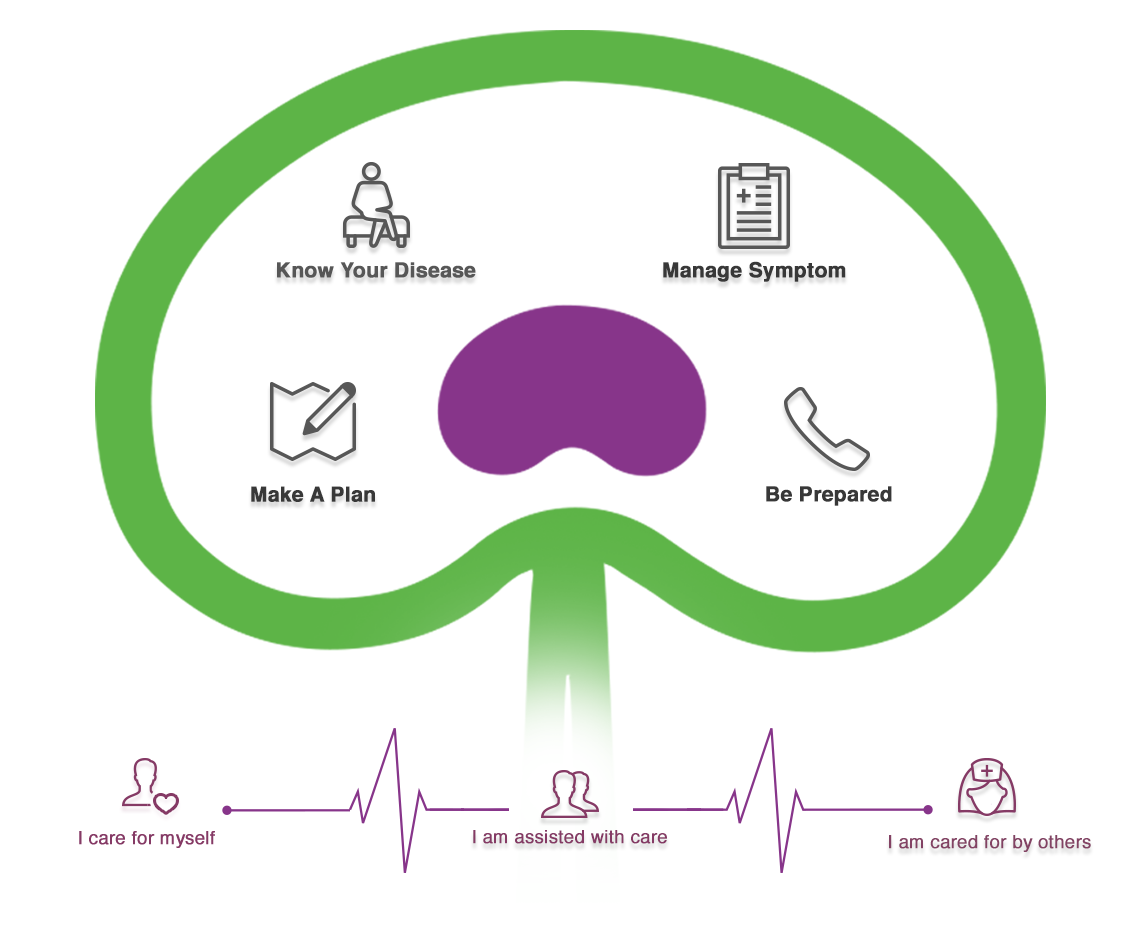Sodium/Fluid Statement
Guiding Principles
We recommend promoting quality of life and maintainging adequate nutrition through liberalizing the diet.
Sodium and fluid should only be restricted to assist with symptoms of fluid overload, such as breathlessness or peripheral edema.
- Dietary sodium restrictions can influence palatability. The intake of sodium should not be restricted unless patients have symptoms due to volume overload.
- Dietary sodium intake of less than 2 g sodium/day may assist with volume control.
- See: AHS Sodium Foods Brochure.
- The recommended daily fluid intake should be guided by the patient’s thirst (unless otherwise indicated by physician).
- See: AHS What are Fluids Brochure.
- Unless otherwise noted, fluid intake is unrestricted.
- Fluid restriction may be indicated by the physician in view of co-morbidities.
- Fluid depletion from over-restricted fluid intake and/or excessive diuretic use can aggravate pre-existing CKD. In such cases and in those with high obligatory fluid output or salt losing nephropathy, fluid restrictions should be avoided.
- For patients who are volume overloaded and symptomatic, it’s most important to restrict the sodium intake (see above), although a fluid restriction is sometimes needed.
- Assess for possible factors contributing to poor oral intake: nausea, oral candidiasis, lack of appetite, altered taste.
- If dehydration is contributing to signs and symptoms of fatigue, perceived thirst, constipation, hyperactive delirium and/or opioid-induced neurotoxicity:
- Consider ordering hypodermoclysis (HDC) for rehydration. Consider the benefits of rehydration in contrast to potential burdens which may include: increasing pulmonary edema, ascites, and pulmonary and gastrointestinal secretions.
- Consider ordering: Normal Saline by hypodermoclysis, maximum 500 ml per 24 hours PRN, based on severity of dehydration.
- Hydration by SC route (HDC) is preferred over the IV route in this patient population for: economic feasibility, increased site access, feasibility for home management, increased patient mobility and increased patient self-management.
- Consider a referral to home care to support the management of hypodermoclysis.
- Consider ordering hypodermoclysis (HDC) for rehydration. Consider the benefits of rehydration in contrast to potential burdens which may include: increasing pulmonary edema, ascites, and pulmonary and gastrointestinal secretions.
Considerations at End of Life:
As a patient’s condition deteriorates, sodium and fluid restrictions should be discontinued. Similarly, consider discontinuing hypodermoclysis when a patient has days-to-hours to live.
Additional Resources:



